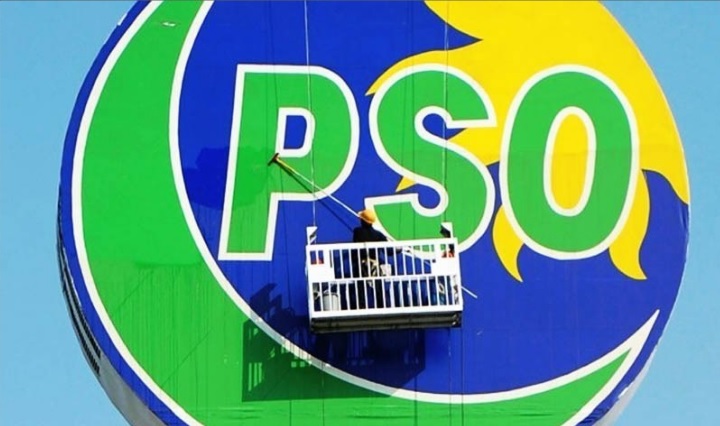
ISLAMABAD: State owned Pakistan State Oil (PSO) has opted for spot buying of Liquefied Natural Gas (LNG) inviting bids from international suppliers for the import of three LNG consignments to be delivered each in November 2020, December 2020 and January 2021.
Pakistan is ramping up spot buying of LNG, which is considerably cheaper than the fixed contracts with Qatar Gas, ENI and Gunvor. However, government is now importing additional LNG from open market at a lower slope.
According to the tender, each cargo of 143,000 cubic meters needs to be delivered on November 21-22, 2020; December 21-22, 2020 and January 21-22, 2021.
It may be mentioned here Pakistan LNG Limited (PLL) on October 02, 2020 issued a tender for the import of a record six cargoes to be delivered during December 2020.
December and January see sharp spike in demand for gas, while this year the demand-supply gap will be greater on the back of higher consumption and diminishing indigenous supply.
In a press conference last month, Advisor for Petroleum Nadeem Babar said the country was headed towards a major gas shortfall in December and January, and blamed dwindling indigenous gas supply and rising demand.
An industry official said the industrial sector, particularly in Punjab, was bearing higher fuel cost, due to constraint in supply of Indigenous gas. Consequently, their profits were depleting due to the higher cost of RLNG which was hovering around Rs1,500-Rs1,600/mmbtu as compared to indigenous gas the cost of which was Rs1,021/mmbtu.
However, now the cost of RLNG and indigenous gas has become almost the same. “If government continues to keep its reliance on RLNG, and procure additional RLNG (exceeding 6.0mtpa) at an open market rate, they will continue to benefit from it. Similarly, the subsidies payable to export oriented sectors, to whom the government have to provide RLNG at $6.5/mmbtu, can be saved,” an analyst at Taurus Securities noted in a report.
According to Oil & Gas Regulatory Authority (OGRA), power sector is the main consumer of natural gas consuming around 38 percent, while the domestic sector is at 22 percent and fertilizer is a 16 percent. Up to 45 percent of Pakistan’s power sector energy mix is based on natural gas.